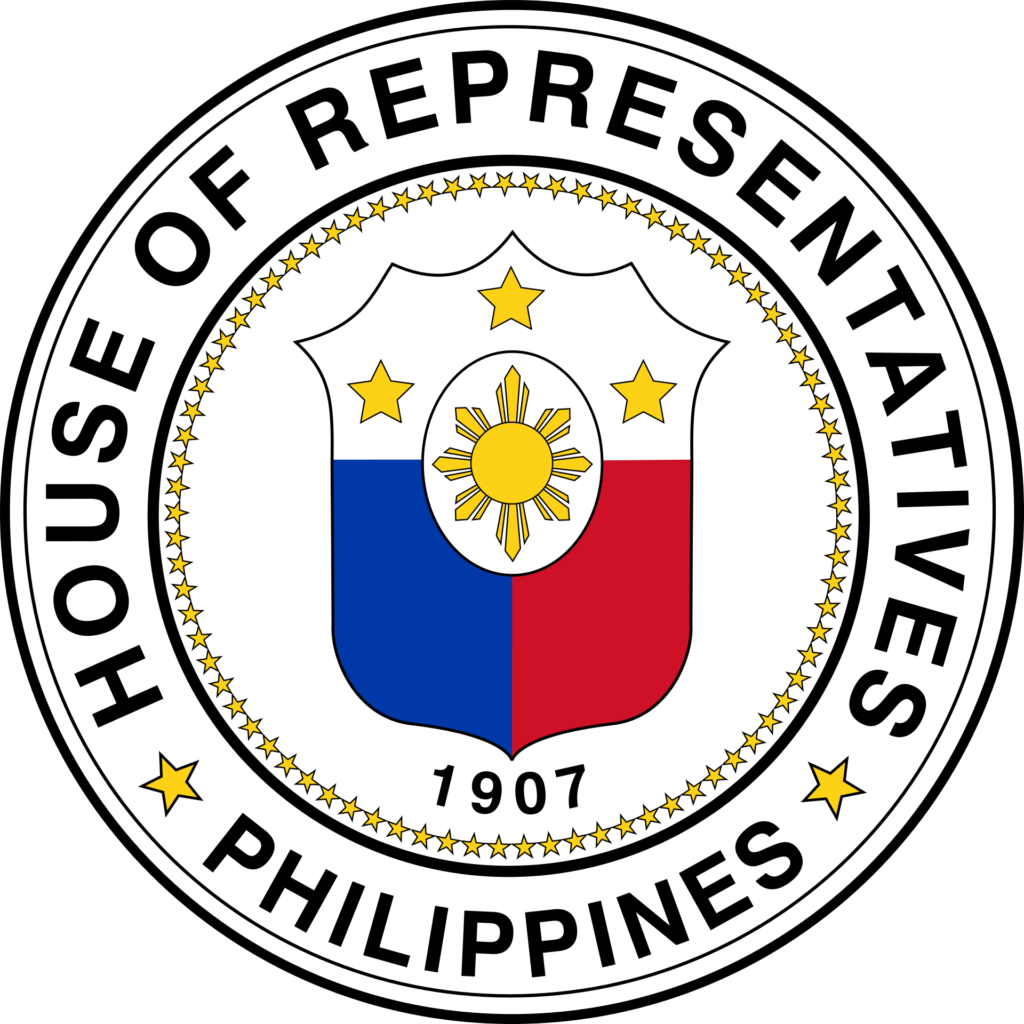The House of Representatives of the Philippines stands as one of the two chambers of the Philippine Congress, serving as the lower house in the country’s bicameral legislature. This vital institution plays a crucial role in shaping the nation’s laws and policies, representing the diverse voices of the Filipino people across the archipelago. As we delve into the intricacies of this legislative body, we’ll explore its rich history, complex structure, and significant contributions to Philippine democracy. Whether you’re a student, professional, or simply someone interested in understanding Philippine governance better, this comprehensive guide will provide you with valuable insights into one of the country’s most important democratic institutions.
Historical Evolution
The journey of the Philippine House of Representatives began long before the modern republic we know today. During the Spanish colonial period, the Philippines had no formal representative body, but the seeds of legislative governance were planted during the American colonial era. The Philippine Bill of 1902 established the Philippine Assembly, which became the first Philippine legislature under American rule. In 1916, the Jones Law created a bicameral legislature consisting of a Senate and House of Representatives. The 1935 Constitution maintained this bicameral structure, which continued through various political changes until the 1973 Constitution under Martial Law established a unicameral Batasang Pambansa. Following the 1986 People Power Revolution, the 1987 Constitution restored the bicameral Congress with the current House of Representatives structure we see today.
Constitutional Foundation and Powers
Legislative Authority
The House of Representatives derives its powers from Article VI of the 1987 Philippine Constitution. These powers include the authority to initiate revenue bills, appropriation acts, and local legislation. The House shares general lawmaking powers with the Senate but holds exclusive power in certain areas, particularly in fiscal matters. Representatives can propose, debate, and vote on legislation that affects national policy, making them crucial players in the country’s democratic process.
Oversight Functions
Beyond lawmaking, the House exercises oversight functions over the executive branch. This includes conducting investigations in aid of legislation, reviewing the implementation of laws, and scrutinizing the national budget. Through various committees, representatives monitor government programs, assess their effectiveness, and recommend necessary changes to improve public service delivery.
Structure and Composition
Membership Distribution
According to the Philippine Constitution and Republic Act No. 7166, the House of Representatives consists of both district and party-list representatives. Here’s the current composition as of 2024:
| Type of Representative | Number of Seats | Basis of Representation |
|---|---|---|
| District Representatives | 253 | Legislative Districts |
| Party-List Representatives | 63 | Sectoral/Marginalized Groups |
| Total | 316 | – |
Source: House of Representatives Official Website (2024)
Leadership Hierarchy
The House leadership structure ensures efficient operation and management of legislative affairs:
| Position | Primary Responsibilities |
|---|---|
| Speaker of the House | Overall Leadership and Administration |
| Deputy Speakers | Assist the Speaker, Preside over Sessions |
| Majority Leader | Floor Management, Legislative Agenda |
| Minority Leader | Opposition Leadership, Alternative Views |
Legislative Process
The journey of a bill through the House of Representatives follows a structured process designed to ensure thorough deliberation and stakeholder participation. A typical bill undergoes multiple stages before becoming law. Initially, a representative files a bill which goes through first reading and committee referral. The committee conducts hearings, inviting stakeholders and experts to provide input. After committee approval, the bill proceeds to second reading for period of debates and amendments. The third reading involves final voting, and if approved, the bill moves to the Senate for their consideration.
Committee System
Standing Committees
The House operates through a comprehensive committee system that specializes in different policy areas. These committees serve as the primary venues for detailed bill analysis and stakeholder consultations. According to the House Rules for the 19th Congress, there are:
| Committee Type | Number | Focus Areas |
|---|---|---|
| Standing Committees | 63 | Permanent Policy Areas |
| Special Committees | 15 | Specific Issues/Concerns |
| Joint Congressional Committees | 7 | Bicameral Concerns |
Source: House of Representatives Committee Directory (2024)
Electoral System and Terms
District Representative Requirements
The Constitution sets specific qualifications for House membership:
- Natural-born Filipino citizen
- At least 25 years old on election day
- Able to read and write
- Registered voter in the district
- Resident of the district for at least one year before election
Representatives serve three-year terms and can serve for up to three consecutive terms. After completing three terms, they must wait one term before running for the same position again.
Impact and Achievements
The House of Representatives has been instrumental in passing landmark legislation that has shaped Philippine society. Recent significant laws include:
| Year | Landmark Legislation | Impact |
|---|---|---|
| 2019 | Universal Health Care Act | Comprehensive healthcare coverage |
| 2020 | Bayanihan to Heal as One Act | COVID-19 pandemic response |
| 2021 | Corporate Recovery and Tax Incentives for Enterprises Act | Economic recovery support |
| 2022 | SIM Card Registration Act | Digital security enhancement |
Source: Official Gazette of the Philippines
Modernization and Digital Transformation
The House of Representatives has embraced technological advancement to improve its operations and accessibility to the public. The implementation of e-Congress initiatives has digitized many legislative processes, making them more efficient and transparent. During the COVID-19 pandemic, the House successfully transitioned to hybrid sessions, combining physical and virtual attendance to ensure legislative work continued uninterrupted. These innovations have made legislative proceedings more accessible to the public through live streaming and online document repositories.
Public Engagement and Transparency
Citizen Participation
The House maintains various channels for public engagement, recognizing the importance of citizen participation in the legislative process. Through committee hearings, public consultations, and modern communication platforms, citizens can voice their opinions on proposed legislation. The House’s official website and social media presence provide real-time updates on legislative activities and important announcements, fostering transparency and accountability.
Current Challenges and Future Outlook
The House of Representatives faces several contemporary challenges, including the need to balance representation in rapidly growing urban areas while maintaining rural district representation. The institution continues to adapt to changing times, working to enhance legislative efficiency while ensuring thorough deliberation of important measures. Future developments may include further technological integration, strengthened oversight mechanisms, and improved public participation channels.
Conclusion
The House of Representatives remains a cornerstone of Philippine democracy, evolving to meet the changing needs of the nation while maintaining its fundamental role in representation and lawmaking. Understanding its structure, functions, and processes is crucial for anyone interested in Philippine governance and civic participation. As the country faces new challenges and opportunities, the House continues to adapt and modernize, striving to serve the Filipino people more effectively.
Disclaimer: This article contains information compiled from official government sources and academic publications as of 2024. While every effort has been made to ensure accuracy, government structures and statistics may change over time. Please refer to official House of Representatives documents and websites for the most current information. If you notice any inaccuracies in this article, please report them to our editorial team for prompt verification and correction.




